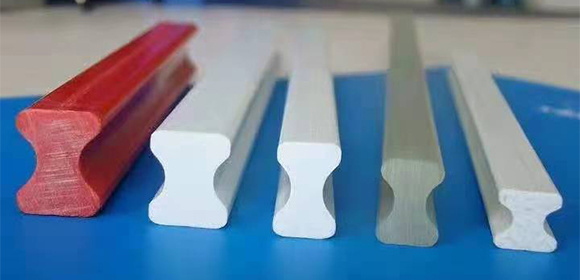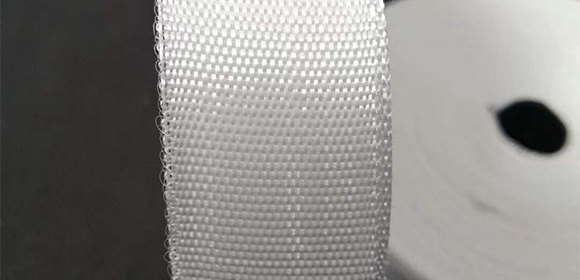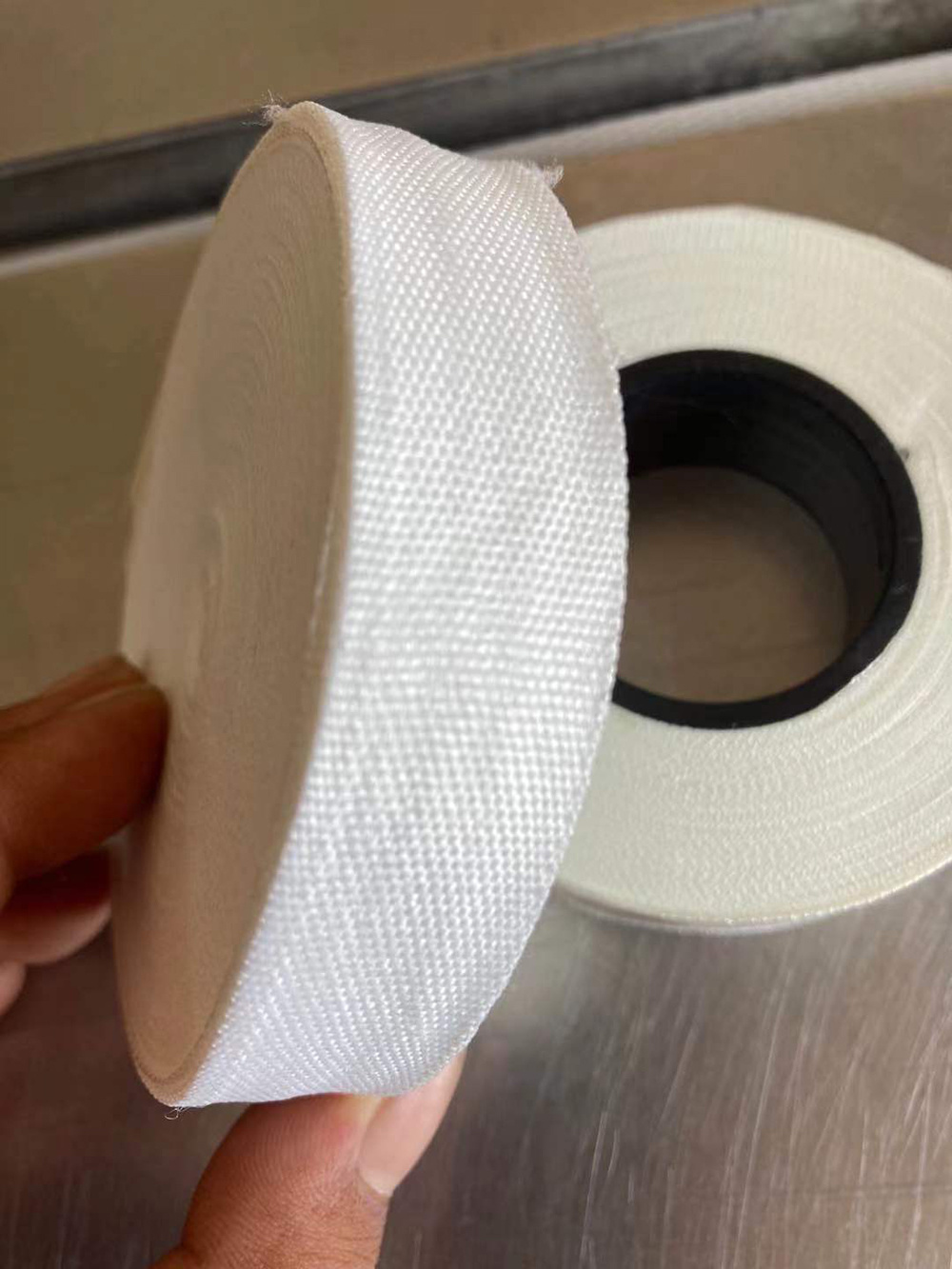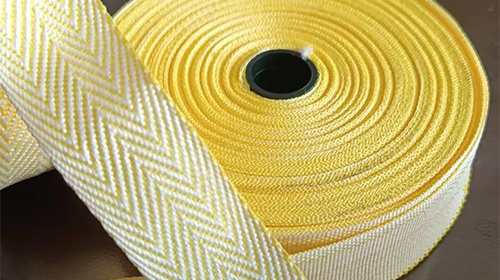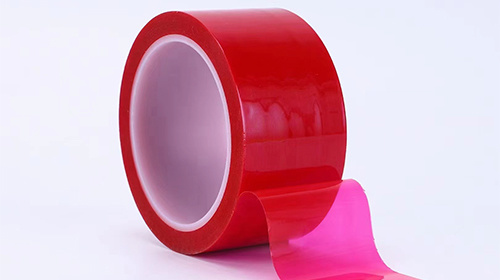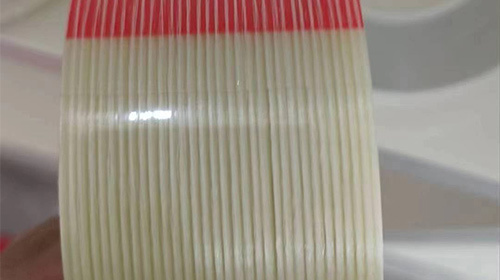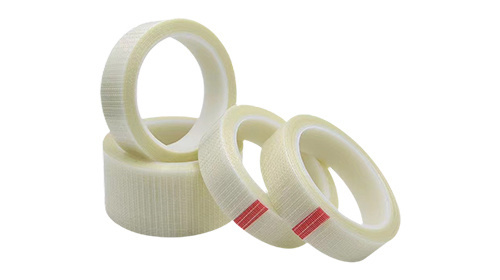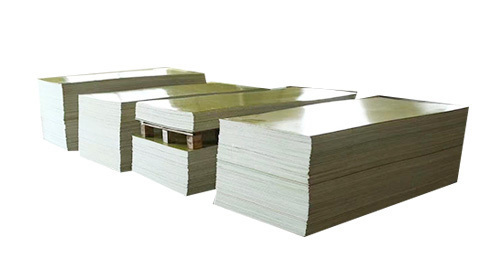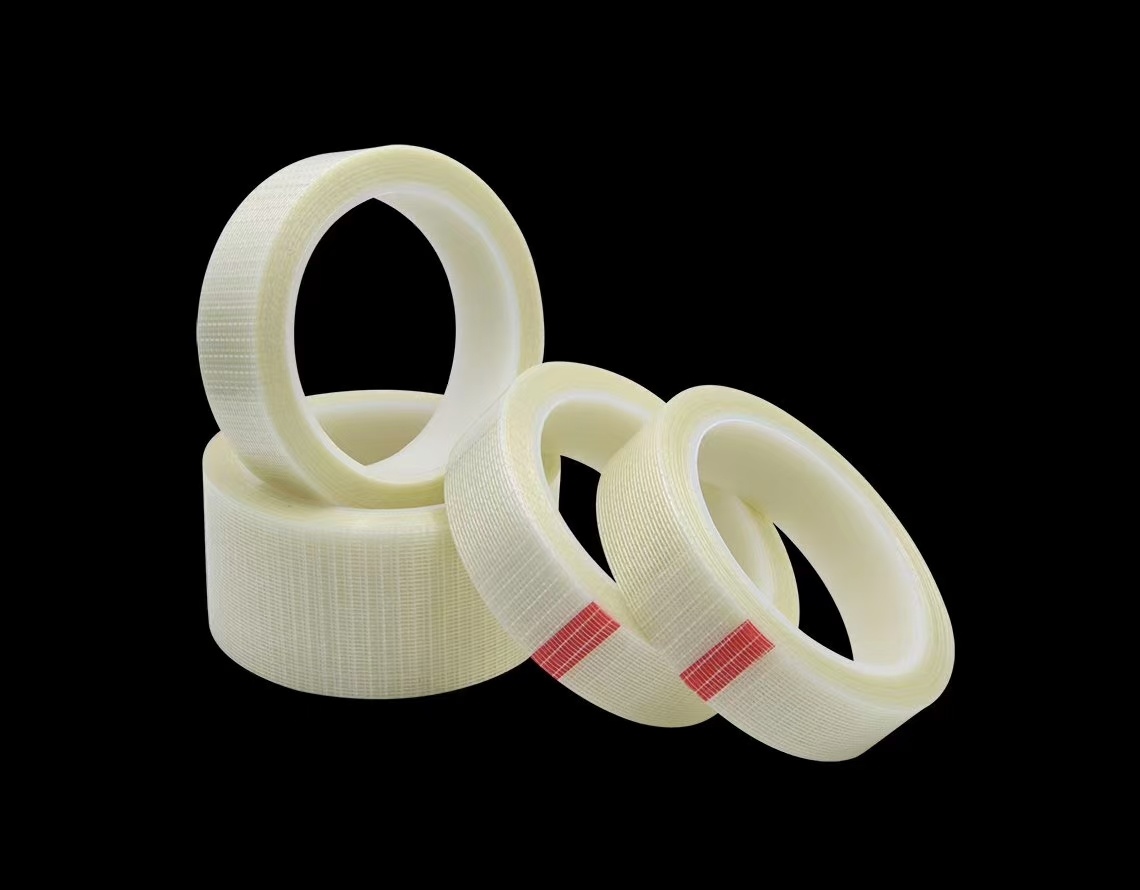Understanding High-Temperature Insulation Tapes: Essential Knowledge for Electrical Professionals
High-temperature insulation tape is an essential component in the electrical and electronics industry, particularly for applications that require reliable insulation under extreme conditions. These tapes are designed to withstand elevated temperatures without deteriorating, making them ideal for various electrical applications. Whether used in wire wrapping, bundling, or as a protective layer in h
High-temperature insulation tape is an essential component in the electrical and electronics industry, particularly for applications that require reliable insulation under extreme conditions. These tapes are designed to withstand elevated temperatures without deteriorating, making them ideal for various electrical applications. Whether used in wire wrapping, bundling, or as a protective layer in high-heat environments, understanding the characteristics and proper use of high-temperature insulation tape is crucial for professionals in the field.
One of the primary features of high-temperature insulation tape is its ability to maintain performance at temperatures typically exceeding 150°C (302°F). This is vital for applications in areas such as automotive, aerospace, and industrial machinery, where components may be exposed to heat generated by motors, engines, or electronic devices. The materials commonly used in these tapes include silicone, PTFE (polytetrafluoroethylene), and fiberglass, each offering unique benefits and temperature tolerances.
In addition to their heat resistance, high-temperature insulation tapes are also known for their excellent dielectric properties. This means they can effectively insulate electrical components, preventing short circuits and ensuring the safe operation of devices. When selecting a high-temperature tape, professionals should consider not only its temperature rating but also its dielectric strength, which indicates its ability to withstand electrical stress without breaking down.
Another important aspect of high-temperature insulation tape is its chemical resistance. Many of these tapes are designed to withstand exposure to oils, solvents, and other harsh chemicals, making them suitable for use in challenging environments. This durability enhances the longevity of electrical components, reducing the need for frequent replacements and repairs.
Application methods for high-temperature insulation tape vary, but it can typically be applied by hand or with dispensers for larger projects. It's essential to ensure that surfaces are clean and free of contaminants for optimal adhesion. Additionally, experts recommend overlapping the tape slightly during application to provide comprehensive coverage and prevent any exposed areas.
When incorporating high-temperature insulation tape into electrical systems, it's also important to consider regulatory standards and guidelines. Professionals should ensure that the materials used comply with relevant safety regulations, as this can impact both the performance and legality of the installation.
In conclusion, high-temperature insulation tape is a vital resource for electrical professionals, providing critical insulation and protection in demanding environments. By understanding its properties, applications, and best practices, professionals can ensure that they choose the right materials for their specific needs, enhancing the safety and efficiency of their electrical systems.
One of the primary features of high-temperature insulation tape is its ability to maintain performance at temperatures typically exceeding 150°C (302°F). This is vital for applications in areas such as automotive, aerospace, and industrial machinery, where components may be exposed to heat generated by motors, engines, or electronic devices. The materials commonly used in these tapes include silicone, PTFE (polytetrafluoroethylene), and fiberglass, each offering unique benefits and temperature tolerances.
In addition to their heat resistance, high-temperature insulation tapes are also known for their excellent dielectric properties. This means they can effectively insulate electrical components, preventing short circuits and ensuring the safe operation of devices. When selecting a high-temperature tape, professionals should consider not only its temperature rating but also its dielectric strength, which indicates its ability to withstand electrical stress without breaking down.
Another important aspect of high-temperature insulation tape is its chemical resistance. Many of these tapes are designed to withstand exposure to oils, solvents, and other harsh chemicals, making them suitable for use in challenging environments. This durability enhances the longevity of electrical components, reducing the need for frequent replacements and repairs.
Application methods for high-temperature insulation tape vary, but it can typically be applied by hand or with dispensers for larger projects. It's essential to ensure that surfaces are clean and free of contaminants for optimal adhesion. Additionally, experts recommend overlapping the tape slightly during application to provide comprehensive coverage and prevent any exposed areas.
When incorporating high-temperature insulation tape into electrical systems, it's also important to consider regulatory standards and guidelines. Professionals should ensure that the materials used comply with relevant safety regulations, as this can impact both the performance and legality of the installation.
In conclusion, high-temperature insulation tape is a vital resource for electrical professionals, providing critical insulation and protection in demanding environments. By understanding its properties, applications, and best practices, professionals can ensure that they choose the right materials for their specific needs, enhancing the safety and efficiency of their electrical systems.






